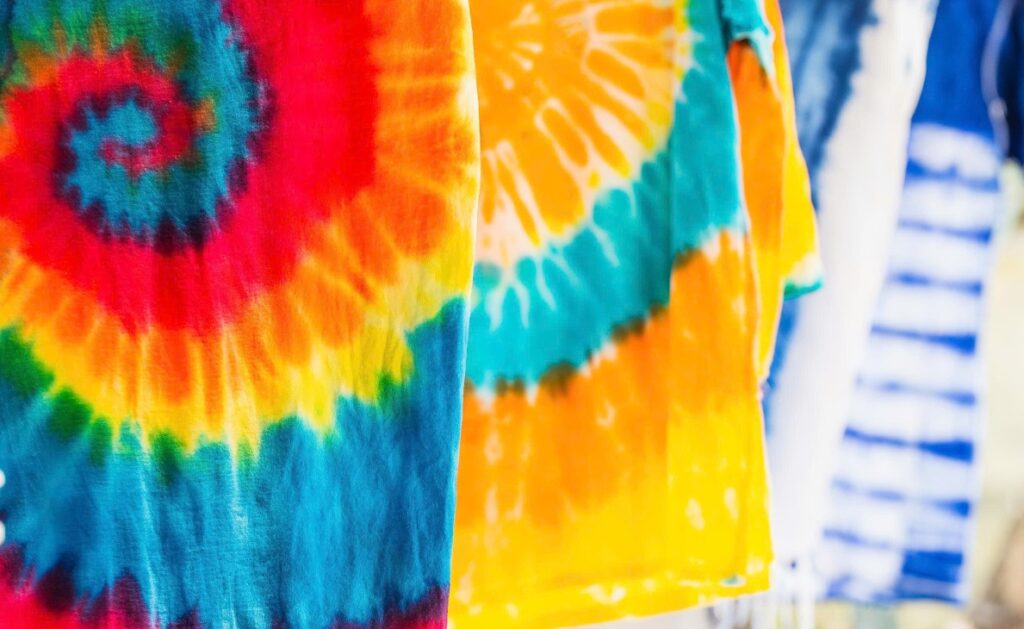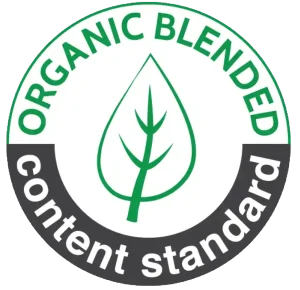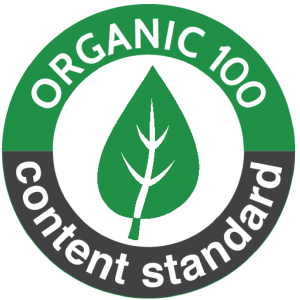In the modern fashion world, unique fabric surface treatment techniques are increasingly popular to create distinct products. Among them, mottled fabric dyeing wash (Tie-dye fabric) is a special method that transforms monochromatic fabrics into artworks with soft, natural, and spontaneous color effects. However, to achieve beautiful and durable mottled effects, selecting the appropriate fabric material plays an extremely crucial role.
This article will delve into explaining what mottled fabric dyeing wash (Tie-dye fabric) is, the criteria to consider when choosing fabric, and introduce the most ideal fabric materials for this technique, ensuring your products are not only beautiful but also colorfast over time.
1. What is Mottled Fabric Dyeing Wash (Tie-Dye Fabric)?
Nội dung tóm tắt
Toggle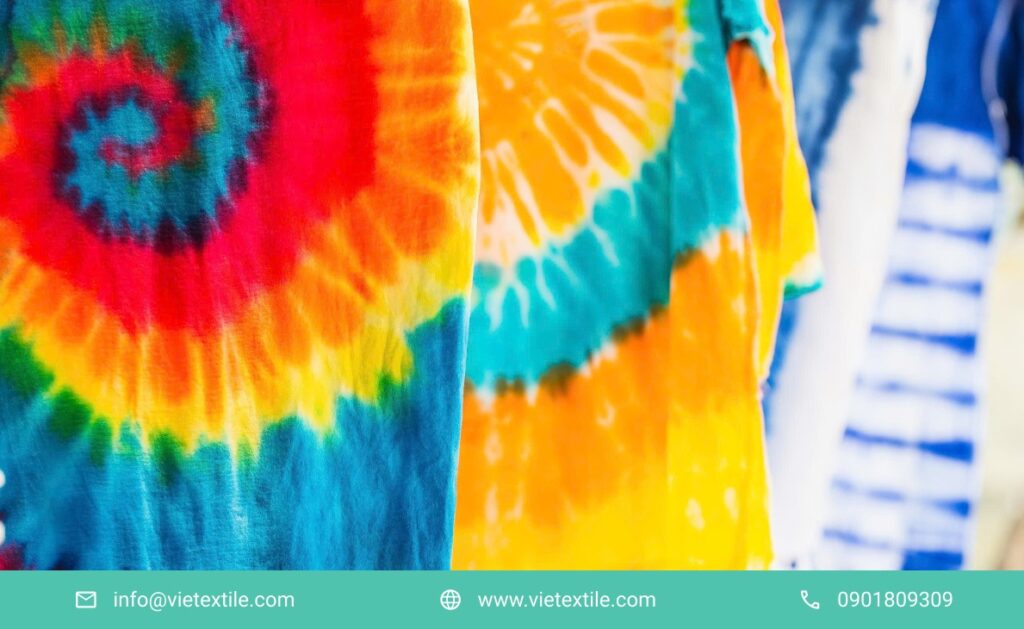
Mottled fabric dyeing wash (Tie-dye fabric) is a specialized fabric treatment technique that combines the dyeing process with in-depth washing steps to create an uneven, naturally spreading, and soft color effect on the fabric surface. Unlike solid color dyeing, this technique aims for spontaneity and artistry, bringing a unique, personalized look to each product. Every product treated with this method will have a distinct effect, not perfectly replicated, creating exclusive value.
The mottled fabric dyeing wash (Tie-dye fabric) process typically includes basic dyeing steps, followed by washing techniques such as stone wash, enzyme wash, or other chemical and mechanical treatments to fade colors, create mottled patterns, or subtle abrasions. The goal is for the dye to be unevenly distributed, creating areas of varying color intensity, smooth transitions, or strong contrasts, depending on the desired effect and the type of fabric material used.
2. Criteria for Choosing Fabric for Effective Mottled Fabric Dyeing Wash
To achieve the desired mottled fabric dyeing wash (Tie-dye fabric) effect and ensure product durability, fabric material selection must follow certain criteria:
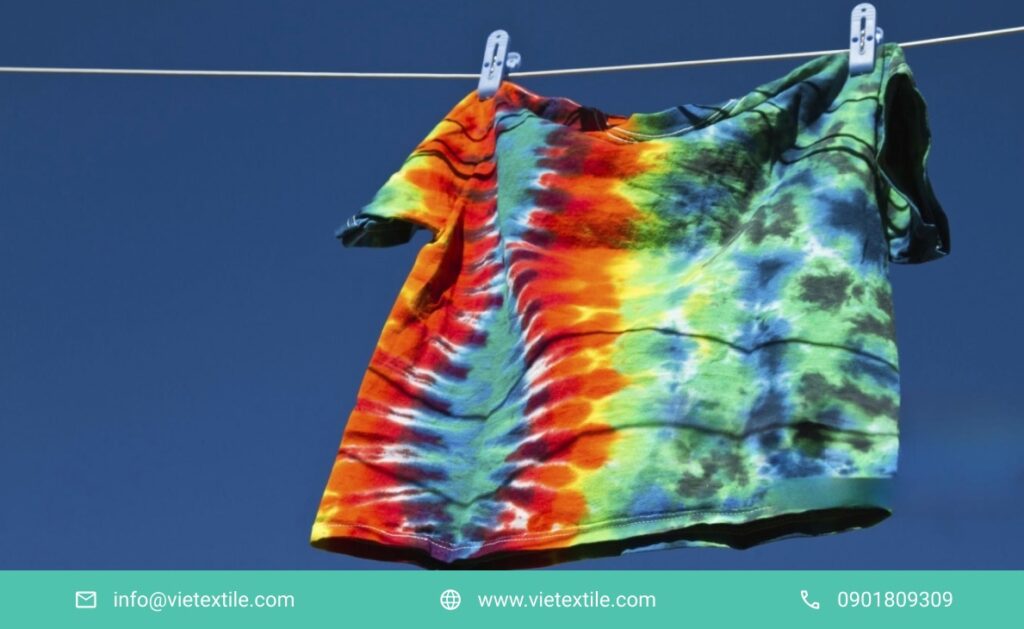
2.1 Dye Absorption Capacity
This is the primary factor determining the success of this technique. Fibers with good dye absorption capacity will help the color adhere firmly to the fiber, creating clear mottled areas that do not fade quickly during the wash process. Natural fibers like cotton and rayon generally have high hydrophilicity, easily absorbing reactive dyes or direct dyes, making them ideal choices for creating mottled fabric effects. Conversely, hydrophobic synthetic fibers like polyester require more complex dyeing techniques to achieve similar results.
2.2 Fabric Durability
The washing process in this technique often involves mechanical (such as stone washing, abrasion) or strong chemical treatments. Therefore, the fabric needs to have high durability to withstand these treatments without tearing, pilling, or significant quality degradation. Woven fabrics with a tight structure are generally more durable than delicate knitted fabrics when undergoing this process. Choosing fabric with appropriate durability will ensure the longevity of the product after the mottled dyeing wash.
2.3 Surface Structure and Weave Type
The surface structure and weave type of the fabric also greatly influence the mottled color effect. Fabrics with a less smooth surface, or those with a special weave texture (e.g., twill, canvas), often create clearer and more beautiful mottled patterns and color variations when performing this technique. Different fabric areas will retain or release dye unevenly, contributing to a natural and unique mottled effect. This choice is an important part of shaping the style for products with mottled fabric effects.
2.4 Shape Retention After Treatment
Some fabric materials may shrink or deform significantly after high-temperature washing and drying processes in this technique. Choosing fabric with good dimensional stability or pre-treated for shrinkage resistance will help the product maintain its original shape, prevent deformation, and ensure final quality. This is particularly important for garments requiring precise dimensions after completing the mottled fabric dyeing wash (Tie-dye fabric) process.
3. Suitable Fabric Materials for Mottled Fabric Dyeing Wash (Tie-dye fabric)
Based on the above criteria, here are the fabric materials considered most suitable for creating beautiful and durable mottled fabric dyeing wash (Tie-dye fabric) effects:

3.1 Cotton Fabric
Cotton is the most common and is considered ideal for this technique. Cotton fibers have a natural cellulose structure, with excellent dye absorption capacity and high durability when subjected to mechanical washing effects. It is the top choice for creating mottled fabric effects.
- Applications: Jeans, T-shirts, jackets, dresses… offering a vintage or streetwear look.
- Note: Shrinkage of cotton needs to be controlled before this process to ensure product dimensions.
3.2 Rayon/Viscose Fabric
Rayon (Viscose) is a regenerated fiber from wood cellulose, similar in structure to cotton but softer and with better drape. This material is also highly suitable for this technique. The softness of Rayon also provides a comfortable feel when wearing products that have undergone mottled dyeing wash.
- Applications: Dresses, blouses, scarves, creating an airy, artistic look.
- Note: Rayon can be weaker when wet, requiring careful handling during washing.
3.3 Linen Fabric
Linen (flax fabric) is a natural fiber known for its high durability and unique surface texture. This material delivers a very distinctive mottled effect.
- Advantages: Superior durability, withstanding strong washing. The natural texture of linen creates rustic, unique mottled patterns, highly popular in natural and vintage styles. Colors may not be very deep but are very authentic when undergoing this process.
- Applications: Summer clothing, home decor, offering a rustic style.
- Note: Linen wrinkles easily, but this also contributes to its natural beauty when undergoing this type of dyeing wash.
3.4 Tencel/Lyocell Fabric
Tencel and Lyocell are regenerated cellulose fibers from wood pulp, produced using an environmentally friendly process. They combine many advantages of natural and synthetic fibers, making them highly suitable for tie-dye fabric.
- Advantages: Good dye absorption, resulting in beautiful, bright colors. The fabric is soft, has good drape, and is particularly environmentally friendly. Mottled effects on Tencel/Lyocell are often smoother and more luxurious.
- Applications: High-end fashion, sportswear.
- Note: Higher cost than other fabric materials, but the quality and mottled fabric dyeing wash (Tie-dye fabric) effects provided are worthwhile.
3.5 Blended Fabrics
Some blended fabrics, especially cotton/polyester or cotton/rayon, can also be used for mottled dyeing wash.
- Advantages: Combines the advantages of different fiber types (e.g., durability of polyester, absorption of cotton). Requires more complex dyeing techniques to ensure both fiber types take color and create the desired mottled effect.
- Note: A combination of suitable dyes for each fiber component is needed to achieve the best results when performing this technique on blended fabrics.
4. Factors Affecting the Colorfastness of Mottled Fabric After Dyeing Wash
To ensure the mottled color effect remains beautiful and durable over time, several factors need to be strictly controlled during the mottled fabric dyeing wash (Tie-dye fabric) process:
- High-quality dyes: Use high-quality dyes with good colorfastness against light, washing, and friction.
- Precise wash process: Control temperature, time, chemical concentration, and mechanical impact during washing to achieve the mottled effect without damaging the fibers or causing excessive fading.
- Post-dyeing treatment: Proper washing, finishing, and drying techniques help fix the color and improve the physical properties of the fabric. This is a key factor for the durability of the mottled effect.
- Quality control: Perform colorfastness tests after the dyeing wash to ensure products meet standards.
5. VieTextile: Your Partner for Mottled Fabric Dyeing Wash Services
With in-depth experience in the textile dyeing industry and modern machinery systems and technology, VieTextile is proud to be a reliable partner providing high-quality mottled fabric dyeing services. VieTextile’s team of engineers and specialists is always ready to advise and assist you in choosing the most suitable fabric material and mottled dyeing wash method for your design ideas and product requirements. Let us help you bring your ideas to life with impressive mottled fabric products.
6. Frequently Asked Questions (FAQs)
To help our valued customers better understand mottled fabric dyeing wash services, here are some frequently asked questions:
Q: Does mottled fabric dyeing wash reduce fabric durability? A: If performed by specialists and using appropriate equipment, the mottled fabric dyeing wash (Tie-dye fabric) technique will not significantly reduce fabric durability. VieTextile always strictly controls the process to ensure fiber quality is not affected.
Q: What mottled effects can be created with this technique? A: The mottled fabric dyeing wash (Tie-dye fabric) technique is highly versatile. It can create effects ranging from subtle, delicate color transitions to strong mottling and personalized distressed patterns. The specific effect depends on the fabric material, dyes, and wash methods applied.
Q: Is the mottled color durable and does it fade when washed? A: The mottled color created through mottled fabric dyeing wash (Tie-dye fabric) has high colorfastness when high-quality dyes and proper color-fixing processes are used. However, washing the product correctly (according to label instructions) will help maintain the effect and best colorfastness.
Q: Does VieTextile accept small quantities for mottled fabric dyeing wash? A: VieTextile provides mottled fabric dyeing wash services for both large quantities and sample orders or small quantities as per customer requirements. Please contact us for detailed consultation on our capabilities.
7. References & Contact
- Fabric Color Bleeding Treatment: Methods and Effective Solutions
- Denim Wash: Acid Wash and Sand Wash Methods on Jean Fabric
- What is T-shirt Wash? Compare Acid, Stone, Enzyme & Bleach Wash
To explore the potential of the mottled fabric dyeing wash (Tie-dye fabric) technique and receive professional consultation for your project, contact VieTextile today!”
Contact Information:
- Hotline: 0901 809 309
- Email: info@vietextile.com
- Website: https://vietextile.com

